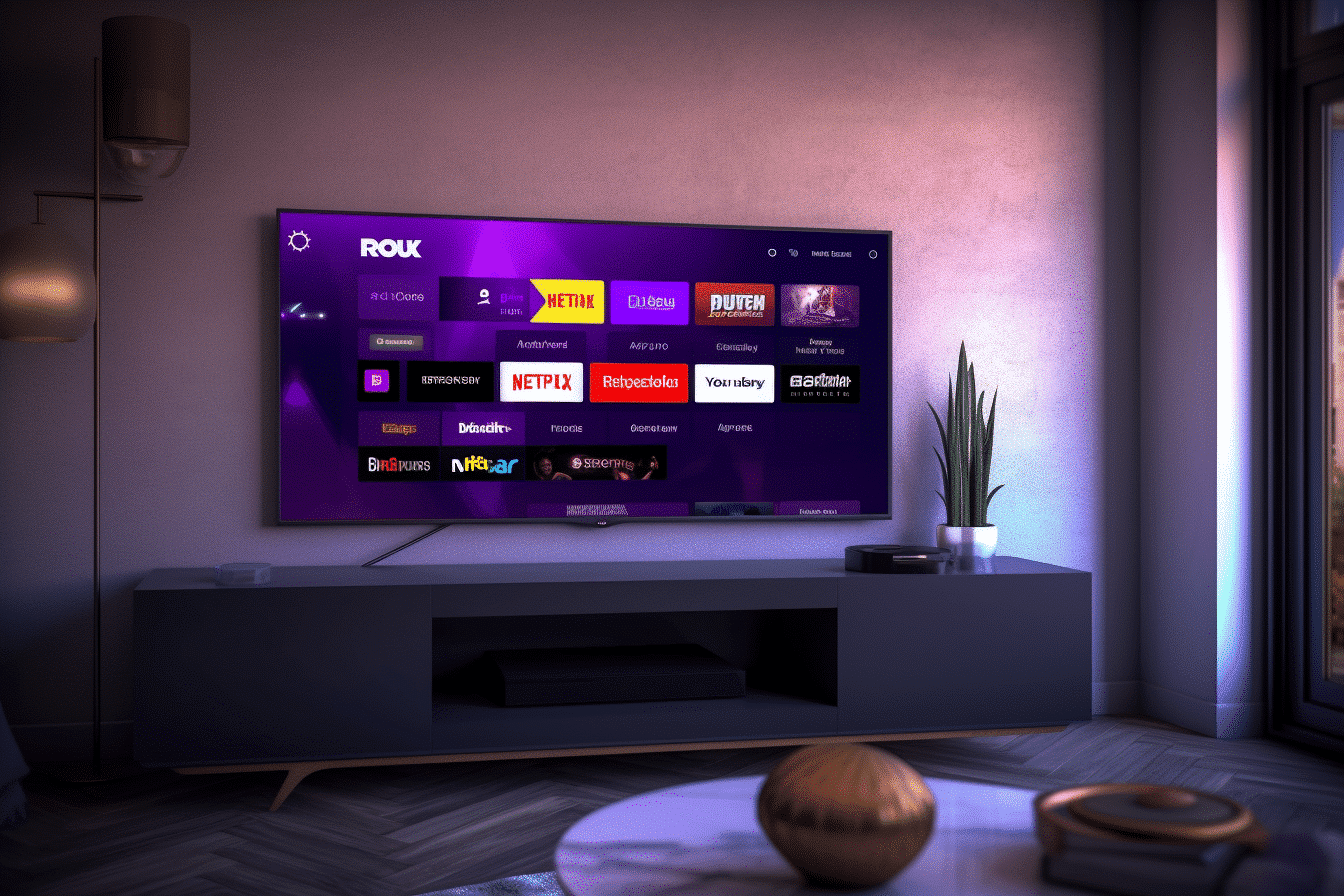When comparing stock charts, it’s easy to overlook the unique narratives behind each. Dive into the real data to guide informed investing decisions. After all, conventional wisdom teaches us:
– Don’t challenge a Sicilian in a life-or-death situation.
– Avoid getting entangled in Asian territorial disputes.
– And never expect a once-thriving stock to regain its historic zenith necessarily.
For the first two, consult Vizzini from The Princess Bride. As for the third, let’s examine Roku (NASDAQ: ROKU). My endorsement for Roku isn’t based on mere optimism about the stock’s rebound but on the company’s robust growth beyond fleeting chart trends.
Consider Sirius XM Holdings (NASDAQ: SIRI) at the turn of the millennium. Originally known as Sirius Satellite Radio, its shares skyrocketed from $4 to $65, plummeting below $1 three years later. Despite a brief rally to $3, it remained 95% below its early 2000 high.
Roku followed a seemingly similar trajectory, soaring from $55 to $480 within three years due to the rise in streaming services, further boosted by the COVID-19 pandemic. However, Roku’s value dipped to under $39 by 2022’s close. The future seemed bleak as giants like Netflix and Disney faced subscriber losses and Roku’s advertising sales plateaued amidst inflation. Yet in 2023, Roku’s stock nearly doubled, though it’s still 83% below its high two years prior.
But why mention Sirius in a Roku-focused piece? On the surface, the stock patterns might look alike, but their backgrounds differ significantly. Sirius’ brief surge was based on an untested business concept. For years after its decline, many maintained it would achieve new record prices, with naysayers met with vehement dissent. The perception was that Sirius, alongside XM Radio, would make traditional FM radio and emerging platforms like Pandora obsolete.
But the reality? When its stock skyrocketed, Sirius had no substantive revenue. Compare this to Roku’s $2.3 billion in sales two years ago (now $3.2 billion) and its user base growth from 56.4 million in 2021 to 73.5 million today.
Roku’s influence continues to grow globally, predominantly through software sales, tech licenses, and ad agreements, unlike Sirius XM which would need to invest in satellite launches to tap into new markets. Roku’s strong balance sheet, with no long-term debt and $1.8 billion in cash reserves, contrast Sirius’ $9.4 billion debt and its extensive stock dilution.
Thus, while both charts may hint at parallels, the stories diverge. Roku stands poised to dominate the global media sector, leveraging the immense potential of the streaming platform market.
Sirius, despite its promise twenty years ago, hasn’t outperformed the market over the past two decades, dividends included.
Roku remains a top pick for me. But it’s not about chasing past glories. It’s all about Roku’s consistent business momentum and its expansive market potential.
In the dynamic world of stocks, it’s crucial not to judge a company’s future purely by its past chart. Roku, with its solid business foundation and expansive market potential, showcases that very principle. As investors, our strategy should be grounded in a company’s tangible growth prospects and not swayed by fleeting trends or superficial similarities. Roku’s trajectory and robustness underscore the promise of intelligent, forward-looking investment decisions.




